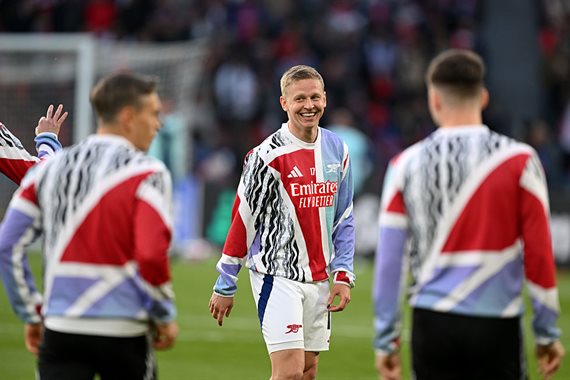ARTICLE AD BOX
Red Bull sporting advisor Helmut Marko admitted that in retrospect, the choice of hard tyres at the end of the Spanish Grand Prix was not the right move for Max Verstappen, which led to the incidents.
With his bold three-stop strategy, Max Verstappen was well on his way to securing third place in the race in Spain, until the safety car came out and changed the course of the race in the end.
While Oscar Piastre, Lando Norris and most of the other drivers in the top 10 had a relatively new set of soft tyres, Red Bull opted for a fresh set of hard tyres. No team had used this compound before, which made Verstappen very vulnerable to attacks from behind. This quickly came true – Charles Leclerc attacked him, and then George Russell got involved.
In the end, after a collision with Russell, Verstappen finished fifth, but fell to tenth place due to a ten-second penalty. So instead of a safe fifteen points, he won only one, and there was a lot of talk about Red Bull's strategy and Verstappen's behavior.
"We only had one set of hard tires," Helmut Marko told ORF. "The alternative was a set of soft tires that already had seven laps, and we assumed that hard tires were a better option."
However, that turned out to be a wrong decision, admits Marko. He says that the heating of those tires was "catastrophic", and that the C1 compound was "at least a second slower in terms of adhesion" compared to the competition's soft tires.
"Of course there were times when Max was frustrated," adds the Austrian. “He reacted a bit aggressively, which is understandable. But the fact that he got a ten-second penalty and finished tenth makes it even more disappointing. Overall, it was a tough weekend. We usually can’t deal with McLaren, so we decided on a three-stop strategy. We thought we would be closer here and could attack them, but unfortunately that didn’t happen.”
He would have done things differently if he could turn back the time
Immediately after the tire change, Verstappen sounded very surprised by the team’s decision to put him on hard tires. Before entering the pits, he asked what tires they had left. The answer came only after the tires had already been mounted – which he didn’t like at all.
“He wasn’t involved in that decision,” Marko stressed. “He didn’t know what sets of tires we had available and there wasn’t enough time to explain everything to him in detail. Of course he asked why they put him on hard tires.”
Should Red Bull have gone with the older set of soft tires?
“Yes, because you get so-called deltas between different compounds, which show differences in lap times and grip. The first problem appeared already in the warm-up lap – it couldn’t warm up the tires,” explained Marko. “And when the tires finally warmed up, the performance was still at least a second lower than on the soft tires.”








 English (US) ·
English (US) ·